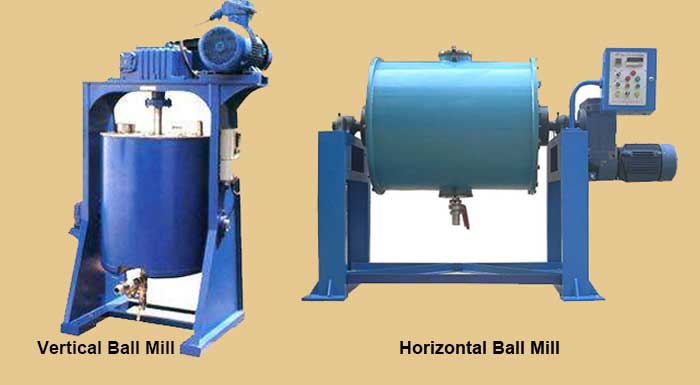2277 Longyang Rd. Pudong, Shanghai, China info@mixingchina.com
What is Ball Mill | How Many Types of Ball Mills
- You are currently here!
- Home Mining Equipment What is Ball Mill | How Many Types of Ball Mills
2277 Longyang Rd. Pudong, Shanghai, China info@mixingchina.com
Archives
Recent Posts
Categories
Calendar
Meta
What is Ball Mill | How Many Types of Ball Mills
Ball mill is the key equipment for grinding crushed materials, which can be used for grinding limestone, dolomite, calcite and other ores.
How Ball Mill Works
Ball mill is a very important mineral grading equipment, which is indispensable for mineral processing, building materials, metallurgy and chemical industry. With the need of market, a variety of different types of ball mills have emerged. According to different standards, there are many types of ball mills.
1. Short Cylinder Ball Mill: The ball mill with the cylinder length (L) less than 2 times of the cylinder diameter, i.e. the ball mill with L ≤ 2D is short cylinder ball mill, which is usually of single bin structure, mainly used for rough grinding or primary grinding operation, and can realize the wide use of 2-3 ball mills in series.
2. Medium Long Ball Mill: When the cylinder length L = 3D, it’s a medium long ball mill.
3. Long Cylinder Ball Mill: When the cylinder length L ≥ 4D, it’s a long ball mill. It is generally divided into 2-4 bins.
1. Ball Mill: The grinding medium is mainly short steel bar or steel ball. The grinding force of ball mill is large, the structure is light, and the rotation speed is stable.
2. Rod Mill: The grinding medium is mainly steel rod, the diameter of steel rod is mostly between 50-100mm, and the grinding time is longer.
3. Gravel Mill: The grinding medium mainly includes pebble, gravel, sand, porcelain ball, etc. Most of the gravel mills use porcelain or granite as lining plates, which are widely used in the production of color cement, white cement, ceramics and other fields.
1. Tail Discharge Mill: The head and tail of tail discharge mill are used as the inlet and outlet of materials. When the mill is working, the material is fed from the inlet end and discharged from the other end.
2. Middle Discharge Mill: The inlet of the middle discharge mill is at both ends, and the outlet is in the middle of the mill. Generally, materials are fed from both ends and then discharged from the middle of the cylinder.
1. Overflow Type: Ore discharged through hollow shaft.
2. Grid Type: Ore discharged through grid plate.
3. Peripheral Type: Ore discharged around the cylinder.
1. Center Drive Ball Mill: The drive power device is in the center of the fuselage, and the motor realizes the operation of the ball mill through the reducer. In operation, the hollow shaft in the center of the ball mill drives the grinding body to rotate under the drive of the power system.
2. Edge Drive Ball Mill: The motor drives the gears at the edge of the cylinder through the reducer to drive the cylinder movement.
1. Wet Type Ball Mill: Water is added at the same time of feeding, and the material is discharged into a certain concentration of slurry. In the closed-circuit system, it forms a closed-circuit operation with the hydraulic grading equipment.
2. Dry Type Ball Mill: Some discharge materials are extracted by air flow, and the mill and wind grading device are closed-circuit. For example, cement mill adopts automatic discharge.
1. Vertical Ball Mill: The vertical ball mill is a new type of ball mill which places the cylinder upright. Through a large number of experiments, it is found that the vertical ball mill has the advantages of high grinding efficiency, low energy consumption and low noise.
2. Horizontal Ball Mill: The horizontal ball mill is used for grinding and dispersing under the closed condition to prevent solvent volatilization. It is especially suitable for fine grinding and mixing of high-purity materials.
